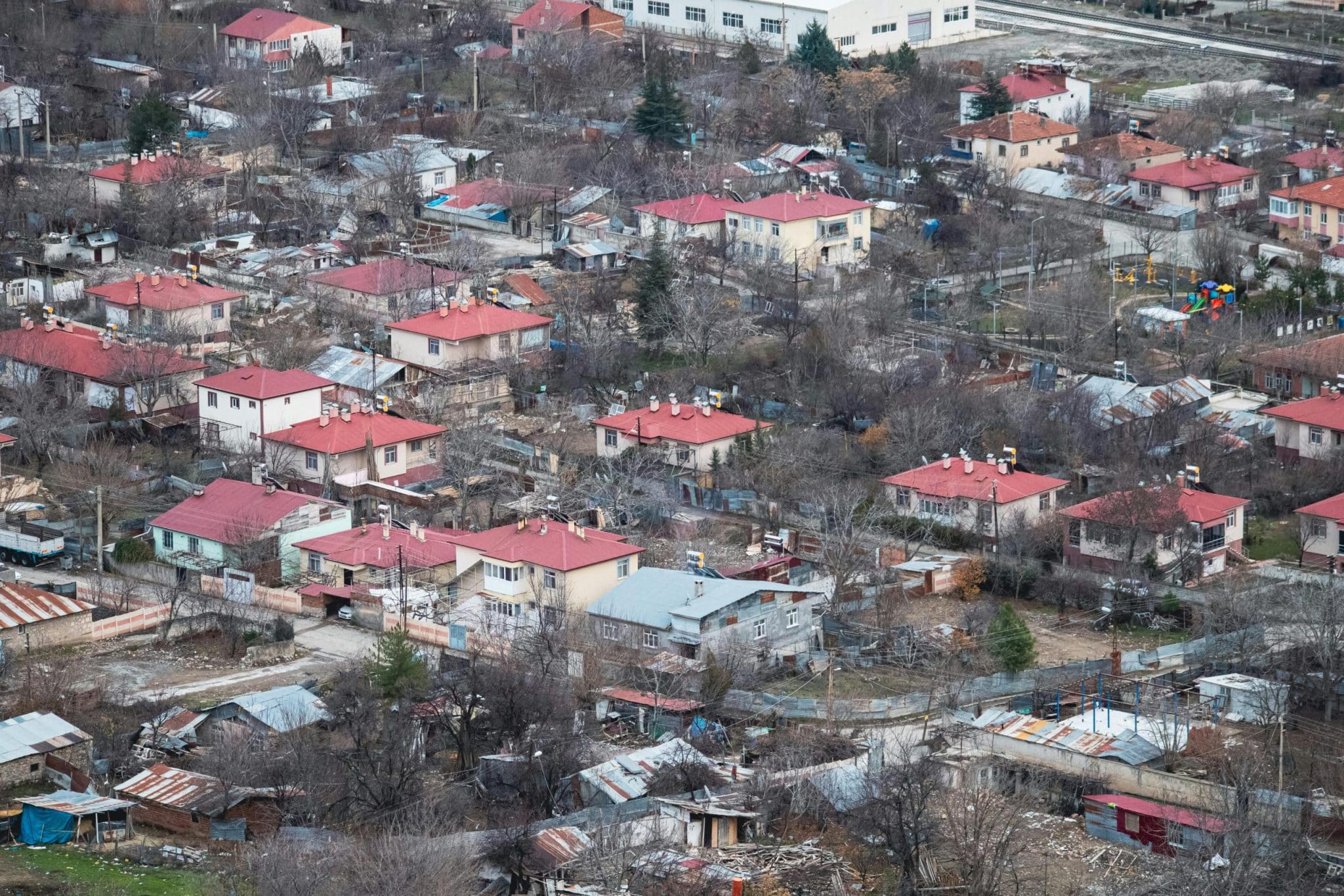The Impact of Remote Work on Suburban and Rural Housing Demand
The COVID-19 pandemic has completely transformed the way we live and work. With many companies shifting to remote work, employees are no longer confined to their traditional office spaces. This has led to a rise in the popularity of suburban and rural areas as more people look to leave crowded cities in search of bigger homes and greener spaces. In this article, we will delve into the impact of remote work on suburban and rural housing demand, and how this trend is shaping the real estate market.
The Rise of Remote Work and Its Impact
Prior to the pandemic, remote work was seen as a luxury for a select few. However, with social distancing measures in place, it has become the norm for many industries. This has allowed employees to live in areas far from their workplace, giving them the flexibility to choose their ideal location. As a result, suburban and rural areas, once considered less desirable, are now experiencing a surge in demand.
The Appeal of Suburban and Rural Living
The sudden shift towards remote work has brought to light the many benefits of living in suburban and rural areas. With lower population density and bigger homes, these areas offer the perfect escape from crowded cities. The rise of telecommuting has also eliminated the need for a long commute, giving people more time to focus on their personal lives. This has made suburban and rural living more appealing, especially for families looking for a better quality of life.
Changing Priorities in Home Search
In the past, proximity to the workplace was a key factor in choosing a home. However, with remote work becoming more common, people are no longer limited by their location. This has resulted in a shift in priorities when it comes to home search. Instead of looking for a home close to work, people are now searching for homes that offer more space, both indoors and outdoors. Suburbs and rural areas are known for their larger homes and bigger land sizes, making them the perfect fit for this new trend.
The Impact on the Real Estate Market
The increase in demand for suburban and rural housing has had a significant impact on the real estate market. According to a report by Redfin, the sale of suburban homes increased by 13% in the first three months of the pandemic while city home sales declined by 7%. The rise in demand has also led to an increase in housing prices in these areas, making it a seller’s market.
Challenges for Urban Areas
The shift towards remote work has caused a decline in demand for city living. As a result, cities are facing challenges in the form of a surplus of housing inventory, causing prices to drop. This has also affected rental prices, with many city dwellers seeking more affordable options in the suburbs and rural areas. With the uncertainty of when remote work will end, many city real estate markets are still struggling to find their footing.
Opportunities for Suburban and Rural Areas
On the other hand, suburban and rural areas are experiencing a surge in growth and development. The demand for housing has led to an increase in construction and development activities, creating job opportunities and boosting the local economy. With more people moving into these areas, there is also a greater demand for local businesses, such as restaurants and retail stores, further contributing to the growth of these communities.
Looking Towards the Future
The impact of remote work on suburban and rural housing demand is undeniable. As the pandemic continues, it is expected that this trend will continue, even after offices reopen. Employers have recognized the benefits of remote work and are implementing permanent work-from-home options, allowing employees to continue living in their preferred location. This has also led to a shift in the mindset of homebuyers, with many now considering suburban and rural areas as their ideal place to call home.
In Conclusion
The COVID-19 pandemic has brought about many changes, and the rise of remote work has had a significant impact on the housing market. Suburban and rural areas are emerging as the new hotspots for homebuyers, offering more space, a better quality of life, and lower costs. This trend is set to continue, making it a great time for those looking to invest in these areas. As we move towards a more flexible work culture, the demand for suburban and rural housing is only expected to grow, shaping the future of the real estate market.










